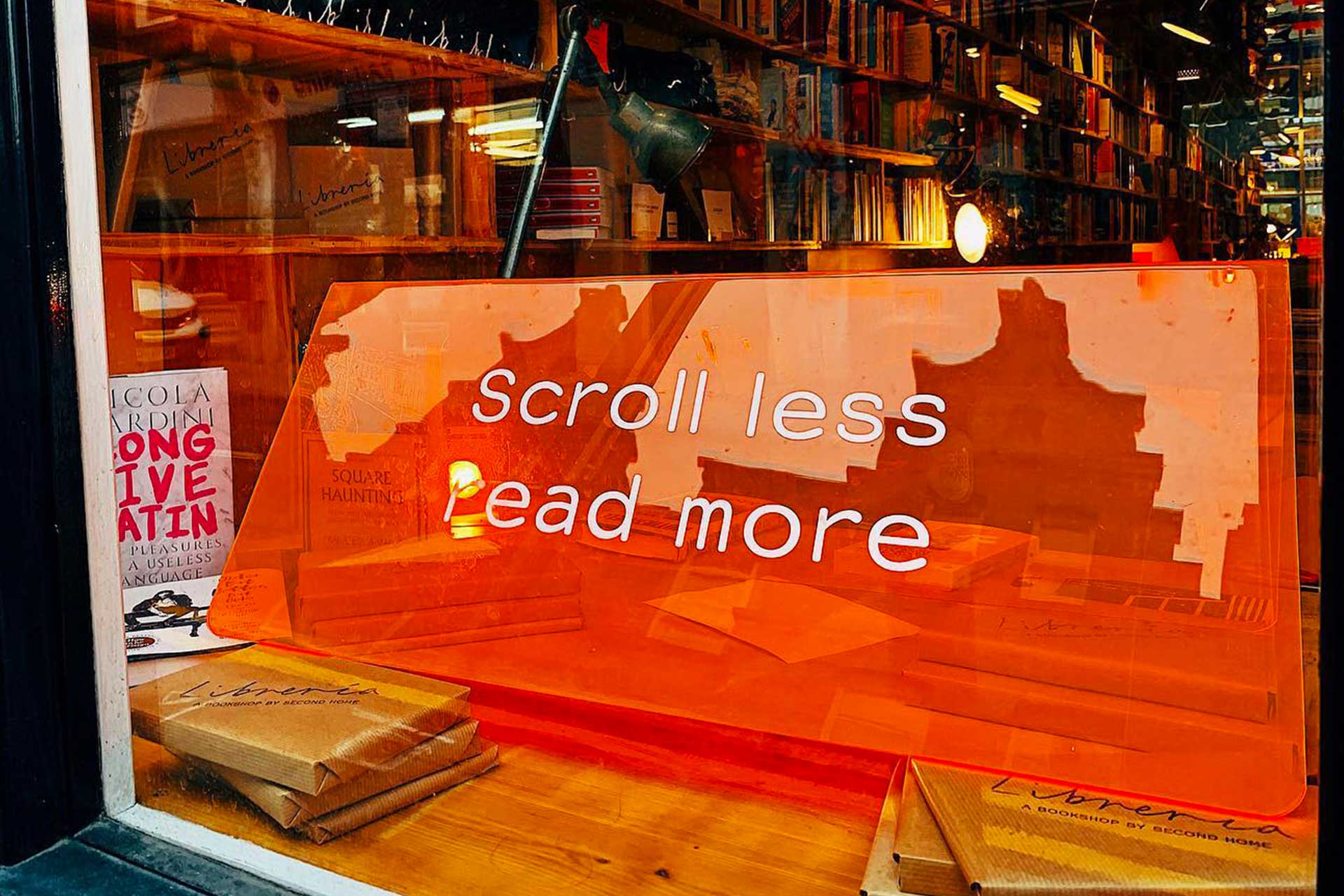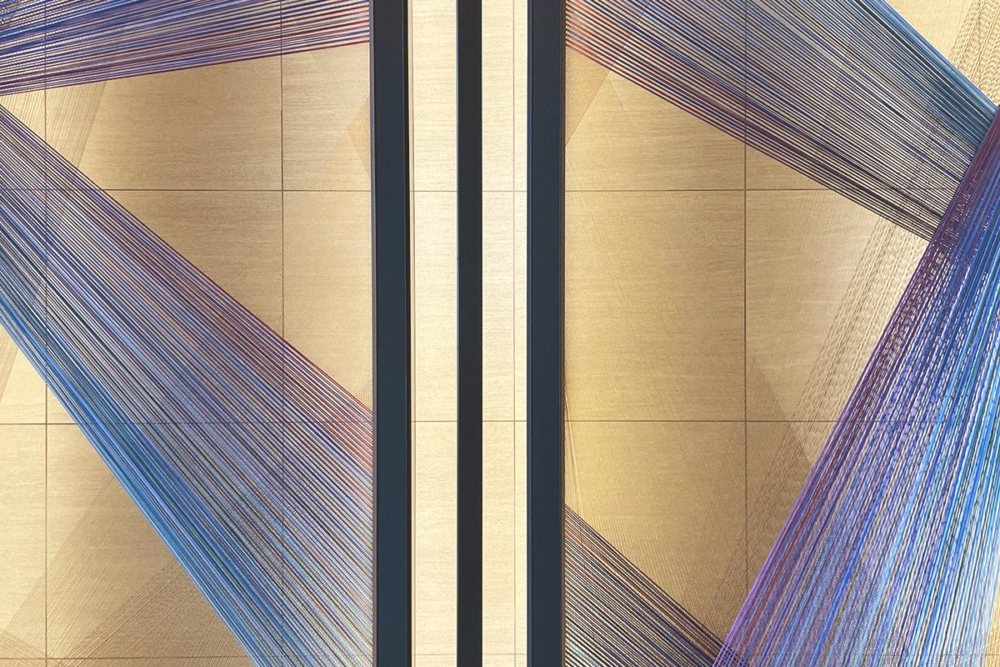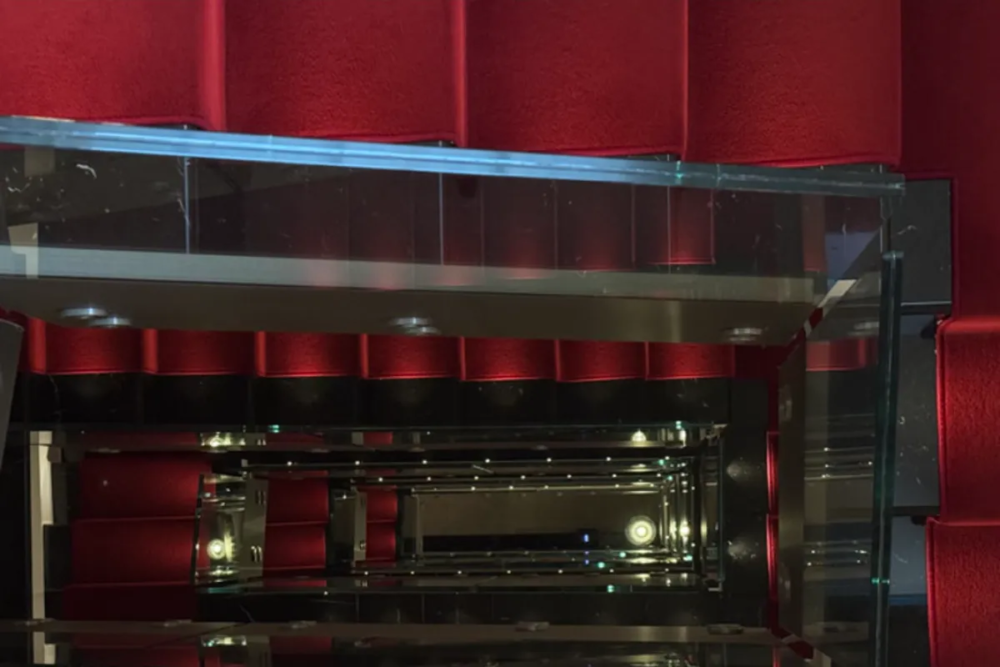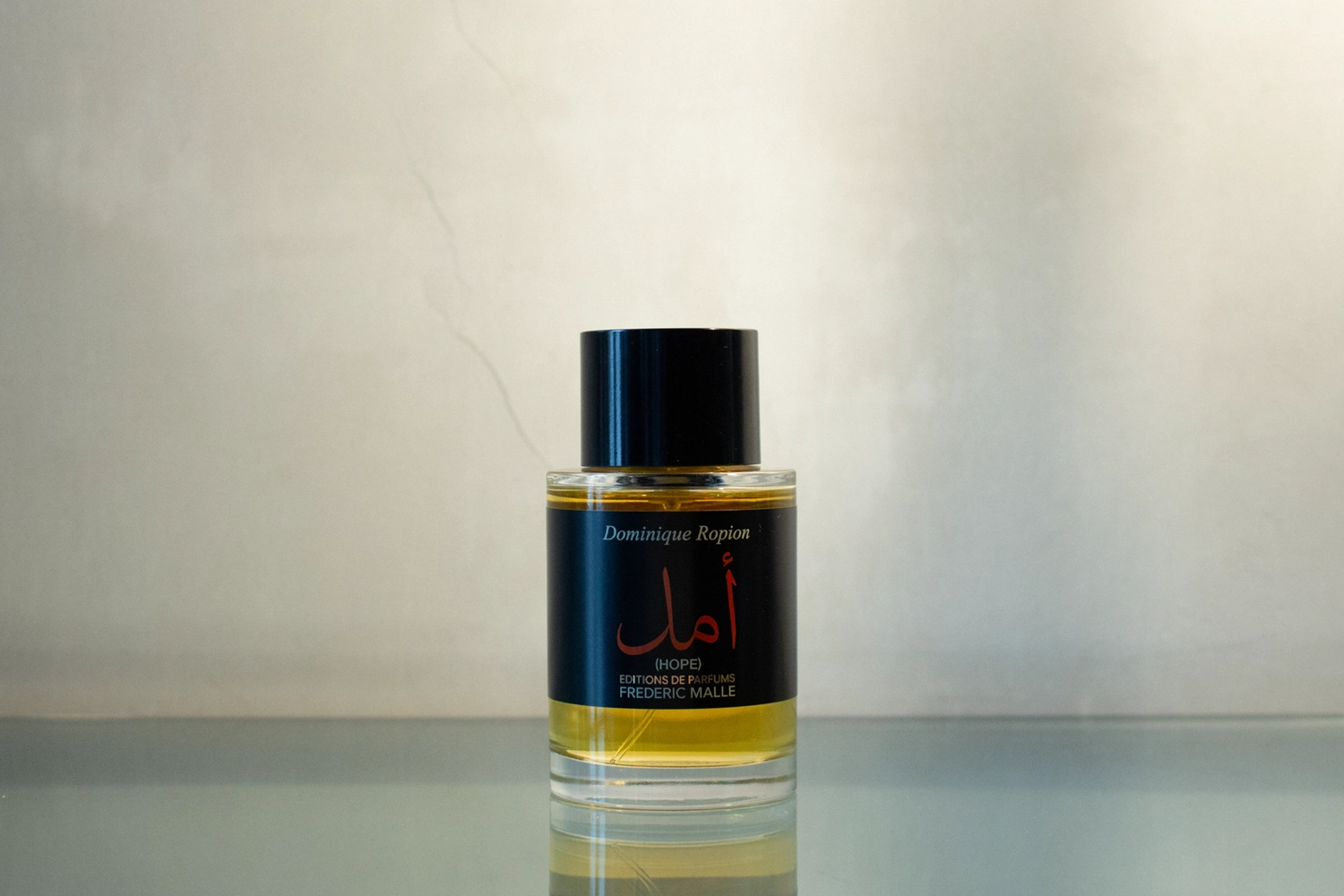
Hope: The Middle Eastern Legacy of Oud in Modern Perfumery
From incense-filled mosques to haute couture, Hope bridges cultures and eras with its blend – a dive into the history and artistry resonance of oud, as captured in Dominique Ropion’s latest creation for Frédéric Malle
Hope: The Black Gold of Perfumery by Dominique Ropion and Frédéric Malle
In the vast realm of contemporary perfumery, few fragrances embody mystery and seduction as elegantly as Hope, the third creation by master perfumer Dominique Ropion for Frédéric Malle’s Desert Gems collection. At the heart of this composition lies oud, a rare ingredient that has revolutionized the fragrance world with its ability to evoke profound and universal emotions.
Oud: A Millennia-Old Scent
Oud, also known as agarwood, is an aromatic resin that forms within trees of the Aquilaria genus as a defense mechanism against fungal infection. This natural process transforms the wood into a dark, fragrant substance revered for centuries in Middle Eastern and South Asian cultures. Countries such as Laos, Cambodia, India, and Indonesia are the primary sources of this luxurious material, often used in spiritual ceremonies and as a symbol of opulence.
Extracting oud oil is a complex process. The infected wood is harvested, aged, and distilled to produce a rich, multi-dimensional essence. Its notes range from animalic to smoky, leathery, and balsamic, influenced by its geographical origin and the methods of extraction. In recent decades, oud has captivated the Western perfumery world, bringing an aura of exoticism and intensity that has enthralled creators and connoisseurs alike.
Middle Eastern Perfumery: A Legacy of Tradition From Ancient Egypt to Mesopotamia
Middle Eastern perfumery is one of the world’s richest and most captivating olfactory traditions, rooted in thousands of years of history. It is not merely an art but an expression of culture and spirituality, embodying the essence of an entire civilization.
Ancient Egyptians were among the first to systematically use perfumes for both personal and ritualistic purposes. Fragrant unguents were commonly employed in religious ceremonies, believed to facilitate contact with the divine. One iconic example is kyphi, a blend of resins, honey, and spices used in offerings and medicinal practices. In embalming rituals, bodies were anointed with aromatic oils to preserve their sanctity.
In Mesopotamia, fragrances were equally significant. Cuneiform tablets reveal ancient perfume recipes crafted by macerating flowers and resins in oils. The Assyrian queen Semiramis is famed for introducing sophisticated scents to her court, while Babylonians viewed perfumes as symbols of prosperity and power.
Persia: The Golden Age of Distillation
Persia elevated perfumery to unprecedented artistic heights. During the Achaemenid Empire and later under the Sassanid dynasty, the production of perfumes became a hallmark of luxury and refinement. Persia is also credited with the invention of the alembic, the distillation apparatus that revolutionized the extraction of essences. This innovation, attributed to the renowned physician and alchemist Avicenna (Ibn Sina), enabled the production of pure essential oils from ingredients like roses and spices.
Persian roses, in particular, were renowned for their quality and aroma. Rosewater, a byproduct of distillation, became one of the Middle East’s most cherished essences, continuing to find use in perfumery and cuisine to this day.
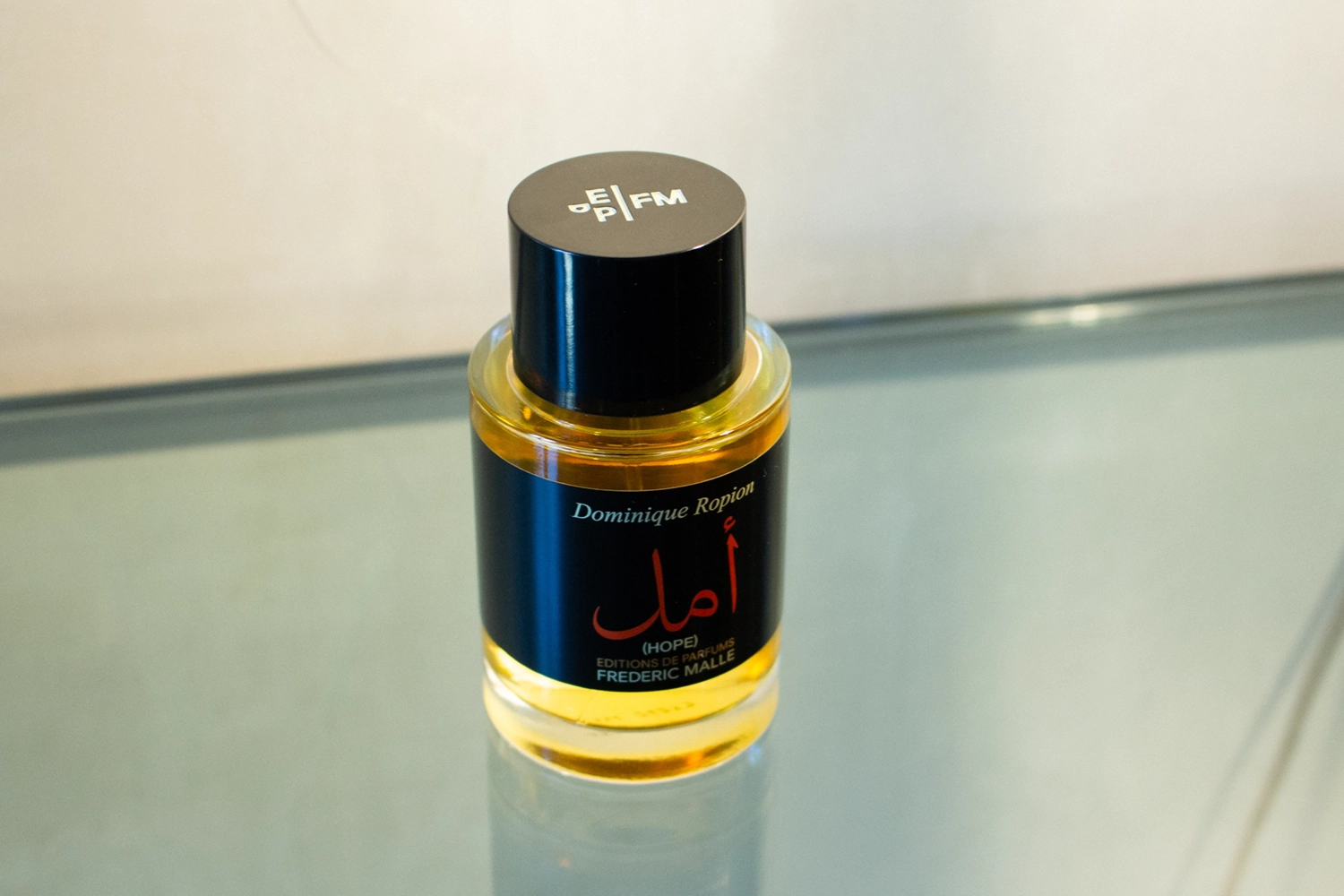
Islamic Influence: Fragrance as a Spiritual Expression
With the rise of Islam in the 7th century, the use of perfumes acquired new significance. The Prophet Muhammad himself emphasized the importance of cleanliness and fragrance, stating that perfume was one of the three most beloved things in life. This imbued perfumery with spiritual and cultural value, integrating it into the daily lives of believers.
Islamic texts, such as the Kitab al-Kimiya (The Book of Chemistry), detail recipes for creating aromatic oils and unguents. Sacred materials like oud, musk, amber, and sandalwood were used to purify both spaces and people. Mosques were fumigated with oud before prayers—a practice that persists today.
The Medieval Era: A Bridge Between East and West
During the Middle Ages, trade routes like the Silk Road and the Spice Route facilitated the exchange of Middle Eastern essences with Europe. Crusaders brought back exotic fragrances, introducing ingredients such as ambergris, frankincense, and oud.
Oud, in particular, became a status symbol among European elites. During the Renaissance, Catherine de’ Medici’s court in Florence adopted many Middle Eastern techniques and ingredients, laying the foundation for modern perfumery.
Contemporary Middle Eastern Perfumery
Today, Middle Eastern perfumery thrives, focusing on rich, natural ingredients. Oud, musk, amber, and spices dominate compositions, often presented in higher concentrations than Western fragrances. Arabic perfumes are not merely accessories; they are symbols of hospitality, tradition, and cultural identity.
In many Middle Eastern cultures, perfumes are used to welcome guests and during special ceremonies. Bakhoor, a blend of aromatic woods and resins burned to scent spaces, remains a daily practice.
Dominique Ropion: The Master Behind Hope
Dominique Ropion is celebrated as one of the most talented perfumers of his generation. His career began in the 1980s at Roure Bertrand Dupont (now Givaudan), where he developed a deep understanding of raw materials and an obsessive attention to detail. Among his most renowned creations are La Vie Est Belle by Lancôme, Portrait of a Lady for Frédéric Malle, and Alien by Mugler. Ropion’s hallmark lies in his balance of audacity and precision, crafting olfactory experiences that are both daring and harmonious.
With Hope, Ropion took on the ambitious challenge of celebrating oud in its purest form, enhancing its complexity without overwhelming it. The result is a composition that expertly balances the animalic and smoky facets of oud with fresh and spicy accents, creating a fragrance that envelops the wearer in an aura of mystery and seduction.

Frédéric Malle: The Publisher of Perfumery
Frédéric Malle has revolutionized the niche perfumery world with his eponymous maison, founded in 2000. Born into a family with deep roots in the cosmetic industry, Malle describes himself as a “publisher of perfumes,” collaborating with the world’s best noses and offering them the creative freedom to produce uncompromising masterpieces. The Desert Gems collection, which includes Hope, pays homage to the rich traditions of the Middle East while reinterpreting them through a contemporary lens.
Hope: An Ode to Oud
At the center of Hope‘s composition is natural oud wood, the protagonist of an olfactory symphony that reveals its nuances layer by layer. Smoky and leathery oud notes are balanced by the spicy freshness of pink pepper, the earthy warmth of vetiver, and the balsamic depth of incense. Cypress and juniper add a refreshing, luminous touch to the blend.
The result is a perfume that marries the richness of Middle Eastern tradition with modern, universal elegance. Hope unfolds gradually on the skin, like a couture garment that reveals its finest details only to those who truly observe. It is a tribute to the power of hope—a desire that transcends geographical, temporal, and cultural boundaries—and represents the essence of artistic perfumery: an art form that does not merely adorn but communicates, moves, and inspires.

